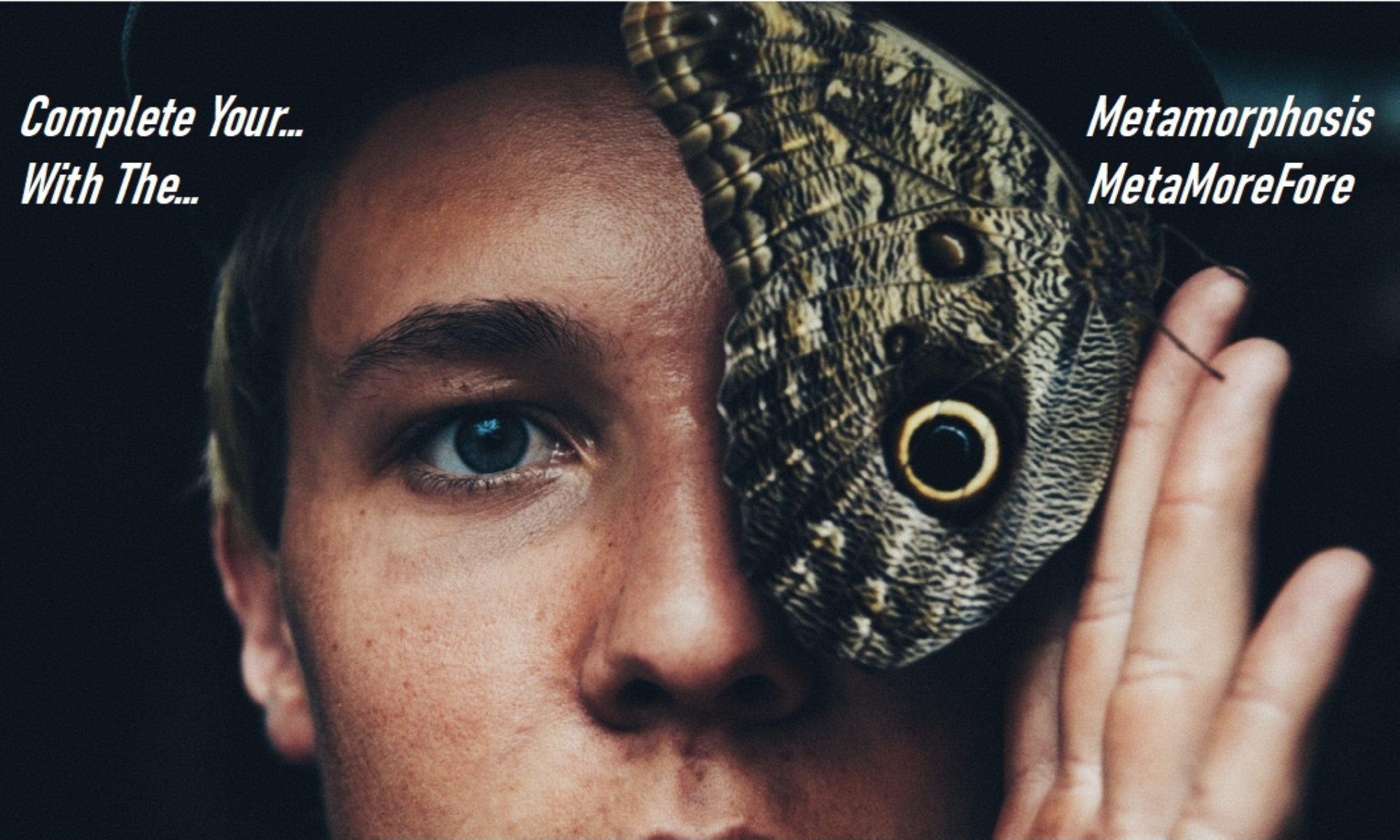Below I provide some basic information to understand how the MetaMoreMore was made.
I “extracted” the below from Wiki (linked here – What is 3D printing):
“…3D printing, also known as additive manufacturing (AM), refers to processes used to create a three-dimensional object[1] in which material is joined or solidified under computer control to create an object, with material being added together (such as liquid molecules or powder grains being fused together). Objects can be of almost any shape or geometry and typically are produced using digital model data from a 3D model or another electronic data source such as an Additive Manufacturing File (AMF) file (usually in sequential layers). Stereolithography (STL) is one of the most common file types that is used for 3D Printing. Thus, unlike material removed from a stock in the conventional machining process, 3D printing or AM builds a three-dimensional object from computer-aided design (CAD) model or AMF file, usually by successively adding material layer by layer.[2]
The term “3D printing” originally referred to a process that deposits a binder material onto a powder bed with inkjet printer heads layer by layer. More recently, the term is being used in popular vernacular to encompass a wider variety of additive manufacturing techniques. United States and global technical standards use the official term additive manufacturing for this broader sense…”
Here is a video of a typical 3D printing process:
Video of how 3D printing works
Many home-hobbyists create their own 3D “printable” designs using various CAD programs. Some share these files using community forums such as Thingiverse, many upload their files to 3D printing vendors (there are many), while others purchase small, “consumer model” table top 3D printers. When I first got the idea to develop the MetaMoreFore, I fell into the latter category. Early versions and prototypes of both the MetaMoreMore and the DILE Omega were produced this way.
Here is a video or an early “test print” for a component of the MetaMoreMore
The materials that the DILE (OMEGA version) and the MetaMoreMore are composed of have a multitude of uses/applications.
The below is from the vendor’s website and describes possible and appropriate uses for this material:
“…This material is incredibly versatile, and can be used for a wide variety of applications, from iPhone cases to jewelry, remote controlled quadcopters to wearable bikinis. When thin, it’s flexible enough for hinges and springs. When thick, it’s strong enough for structural components.
Strong & Flexible products in all colors besides white and black are polished and then dyed using a manual process. Due to the inherent variability of this process, color may vary slightly between products.
Black and White Premium Strong and Flexible is finished with a multi-step tumbling, polishing and dyeing process. The result is a much smoother surface, ideal for wearable and touchable products that require a finished look and feel. Although it is available in both Black and White, we recommend Black for products you’ll carry or wear, like necklaces, rings, bracelets, phone cases, money clips, keychains, eyeglasses, and other personal accessories. The Black finish has an eggshell sheen….”
Note the phrases: “jewelry,…wearable bikinis…” and “products you’ll carry or wear, like necklaces, rings, bracelets”
Additionally, this material is “dishwasher safe”
Is 3D printed material safe for use against skin?
Here is a link to a YouTube video showing that some are even making clothing from 3D printed materials.
